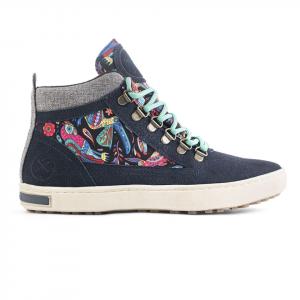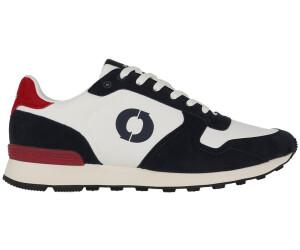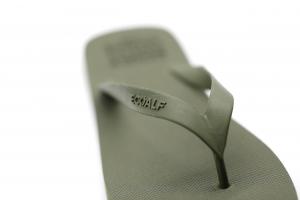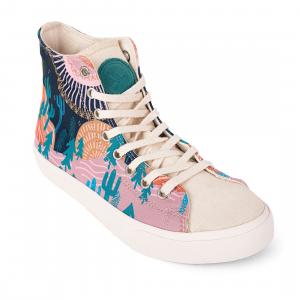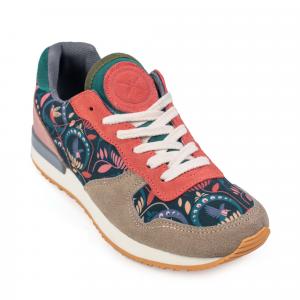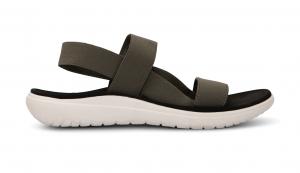
Pain on the side of the foot. What to do to make it disappear?
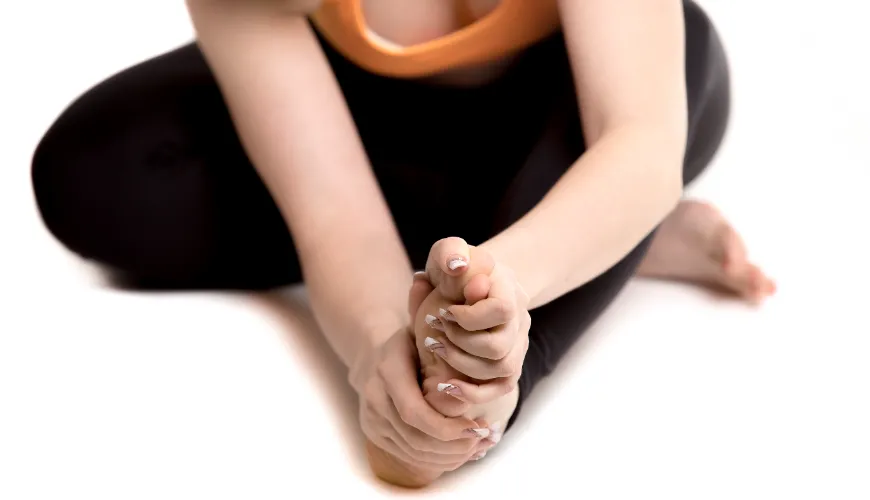
Causes, Treatment, and Prevention of Side Foot Pain
Side foot pain is an issue that can significantly affect your quality of life. Feet are among the most burdened parts of the body, so it's no surprise that various pains and discomforts can occur. Side foot pain can have many causes, making it crucial to understand what causes it, how to effectively treat it, and how to prevent it. In this article, we will focus on all these aspects to help you better understand what is happening with your body and how to properly care for it.
Common Causes of Side Foot Pain
Side foot pain can arise from various reasons. Among the most common causes is plantar fasciitis. This condition is caused by inflammation of the plantar fascia, a thick band of tissue that connects the heel bone to the toes and supports the arch of the foot. Inflammation often arises due to overloading, improper footwear, or being overweight. The pain tends to be worst in the morning or after a long period of inactivity.
Another reason might be tarsal tunnel syndrome, a less known but very unpleasant condition. This syndrome occurs when there is compression of the tibial nerve, which runs along the inside of the ankle. The result is pain, burning, or tingling that can spread to the side of the foot. This issue is often related to chronic inflammation, injury, or excessive pressure on the nerve.
Inflammations and injuries, such as tendonitis or sprained ligaments, also contribute to side foot pain. These problems can arise due to overloading, improper technique during sports, or accidents. Even a small injury can cause long-term pain if not properly treated.
Improper footwear is another significant factor contributing to the pain. Shoes that do not provide sufficient support or are too tight can lead to pressure on certain areas of the foot, causing discomfort and pain. High heels or shoes without adequate cushioning can also contribute to the development of problems.
Foot deformities, such as flat feet or high arches, can cause uneven weight distribution on the foot, leading to excessive pressure on certain parts of the foot. This pressure can result in pain, which often concentrates on the side of the foot. These deformities can be congenital or develop gradually due to aging, overweight, or poor posture.
Try our natural products
How to Treat Side Foot Pain
Treatment for side foot pain varies depending on the cause of the issue. One of the first steps to relieving pain is to reduce the load on the affected foot. This may mean limiting physical activity that causes pain, or even complete rest, to allow the foot to recover. In some cases, it may be necessary to use crutches or other forms of support to reduce pressure on the foot.
Ice packs can help reduce inflammation and swelling in the affected area. Applying ice to the side of the foot for 15-20 minutes several times a day can bring significant pain relief. It's important always to wrap the ice in a cloth or towel to prevent skin damage.
Stretching exercises are often recommended as part of the treatment for plantar fasciitis and other conditions that cause foot pain. Exercises aimed at stretching the muscles and tendons in the foot and ankle can improve flexibility and reduce tension in the affected area. For example, stretching the calf muscles and foot muscles can help relieve pain caused by inflammation of the plantar fascia.
If the pain persists or is particularly intense, physical therapy may be recommended. A physiotherapist can suggest special exercises and techniques that help strengthen the muscles around the foot and improve stability and mobility. Physical therapy may also include manual therapy or the use of therapeutic devices to reduce pain and inflammation.
Special orthopedic insoles can help distribute pressure on the foot more evenly and reduce load on the affected areas. These insoles are often custom-made according to the shape of the patient's foot and can be very effective in alleviating pain. Additionally, it's important to wear shoes that provide adequate arch support and shock absorption to prevent further issues.
Try our natural products
In some cases, medications such as nonsteroidal anti-inflammatory drugs (NSAIDs) may be prescribed to relieve pain and inflammation. If these options are insufficient, a doctor may consider corticosteroid injections, which can quickly relieve inflammation and pain in the affected area.
Prevention of Side Foot Pain
Prevention is always better than treatment. Wearing the right footwear is crucial for preventing foot pain. Choose shoes that provide adequate arch support, have enough room for the toes, and cushion impacts when walking or running. Avoid wearing high heels or narrow shoes.
Regular exercise and stretching of the muscles and tendons in the foot can help keep them flexible and strong. Focus on exercises that strengthen the arch of the foot and improve ankle stability. Stretching the calf muscles and the Achilles tendon can also help prevent issues with the plantar fascia.
Maintaining a healthy weight can reduce pressure on the feet and contribute to preventing problems such as plantar fasciitis. If you start to feel any pain or discomfort in the foot, it's important to act immediately. Ignoring minor problems can lead to their worsening and the development of chronic difficulties. If you're unsure of the cause of the pain, consult the situation with a doctor or physiotherapist.
Side foot pain is an unpleasant issue that can affect daily activities. The key to successful treatment is proper diagnosis and an individual approach. Prevention, such as choosing appropriate footwear, regular exercise, and maintaining a healthy weight, plays a significant role in preventing these difficulties. If you already feel pain, do not hesitate to seek professional help to prevent long-term complications.
